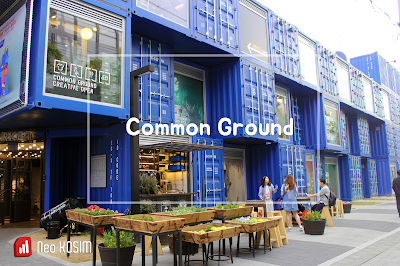Cartier's Contemporary Art Foundation's collection – Highlight - 2017 in Seoul Museum of Art next to Deoksugung Palace, Korea
The way to the Seoul Museum of Art to
walk along the stone wall of the Palace, as for me, is always throb with a
feeling of being quite different from going to another museum.
The stonewall path
of old Deoksugung Palace (덕수궁), one of the Five Grand palaces, located...









